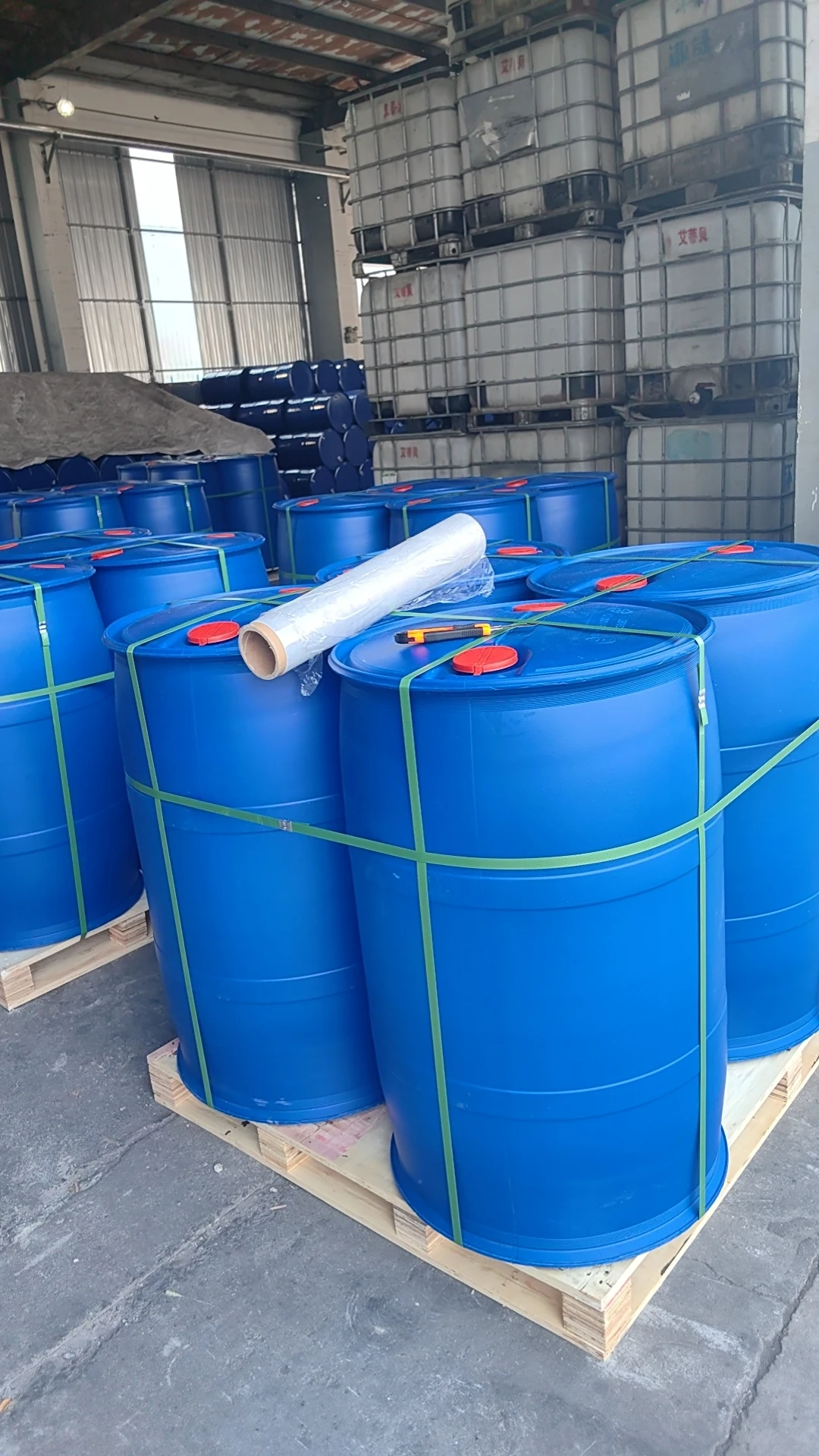Chemical Oxidation in Water Treatment
Water is an essential resource for life, and ensuring its quality is a pressing concern in today's world. Among various methods used for potable water purification, chemical oxidation stands out as a powerful technique for removing contaminants, disinfecting water, and enhancing the overall quality of water supplies. This article explores the principles of chemical oxidation, its processes, and its role in water treatment.
Chemical oxidation involves the reaction of substances with an oxidizing agent. In water treatment, oxidizing agents are used to convert hazardous substances into less harmful or more easily removable compounds. This process is particularly effective against a wide range of contaminants, including organic pollutants, inorganic compounds, and microorganisms. Common oxidizing agents utilized in these processes include chlorine, ozone, hydrogen peroxide, and potassium permanganate.
One of the most significant applications of chemical oxidation is in the removal of organic pollutants, such as volatile organic compounds (VOCs) and pesticides. These organic substances can originate from agricultural runoff, industrial discharges, and household waste. Oxidizing agents break down these complex organic molecules into simpler, non-toxic compounds, thereby improving water quality. For instance, ozone is a powerful oxidizer that can degrade a variety of organic pollutants and is widely used in advanced oxidation processes (AOPs).
AOPs combine conventional oxidation methods with additional techniques to enhance the degradation of contaminants. For example, in the Fenton process, hydrogen peroxide is used in conjunction with iron salts to produce hydroxyl radicals, which are extremely reactive and can break down even the most resistant organic pollutants. This method has gained popularity for its effectiveness in treating water contaminated with pharmaceuticals and personal care products.
chemical oxidation in water treatment

Chemical oxidation also plays a vital role in disinfection. Pathogens in water, including bacteria, viruses, and protozoa, pose significant health risks. Disinfectants like chlorine and ozone are employed to inactivate these microorganisms. Chlorination has long been a standard disinfection practice, but concerns about the formation of disinfection byproducts (DBPs) have led to a shift towards alternative options like ultraviolet (UV) radiation and ozone. Ozone, in particular, not only provides disinfection but also aids in the removal of taste and odor compounds, making it a dual-purpose solution.
However, the effective application of chemical oxidation requires careful consideration of several factors. The concentration of oxidizing agents, reaction time, and the presence of competing substances all influence the efficiency of the treatment process. Additionally, the choice of oxidizing agent must align with the specific contaminants present in the water. For example, while chlorine is effective for disinfection, it may not be suitable for removing certain organic pollutants due to the formation of harmful byproducts.
Despite its advantages, chemical oxidation processes can sometimes generate new contaminants. The breakdown of organic pollutants may produce intermediate byproducts, some of which might be as harmful as the original substances. Therefore, monitoring and managing these reactions is crucial in ensuring that the treatment process does not inadvertently contribute to water pollution.
In conclusion, chemical oxidation is a cornerstone of modern water treatment practices. Its ability to effectively remove a wide range of contaminants and disinfect water makes it an invaluable tool in safeguarding public health. As water quality concerns continue to grow, ongoing research and development in chemical oxidation methodologies will be essential in improving treatment efficiency and minimizing potential risks. By integrating chemical oxidation into comprehensive water treatment strategies, communities can ensure a cleaner, safer water supply for generations to come.

